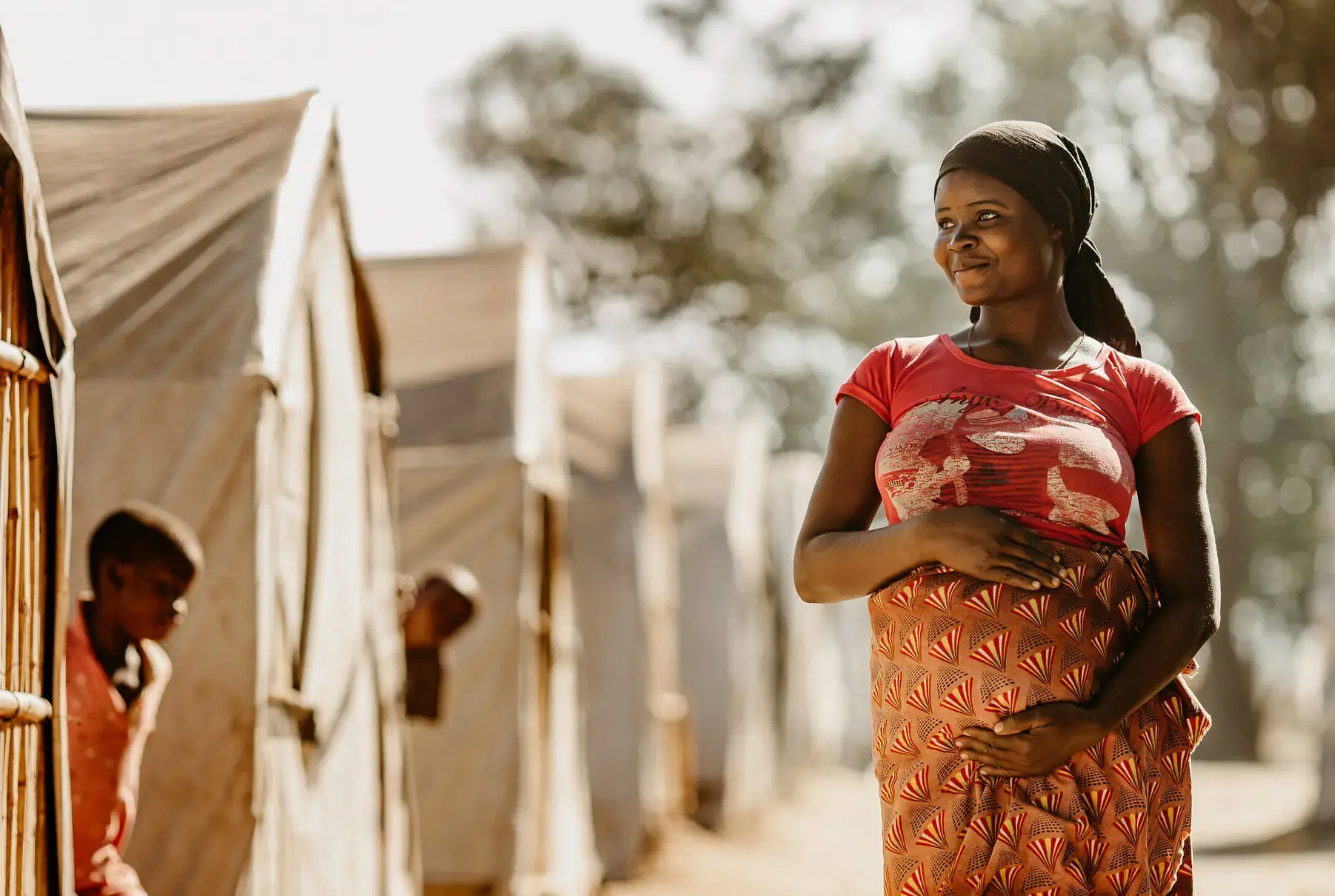About 800 women die every day from preventable causes related to pregnancy and childbirth, according to recent data. This is about one woman every two minutes. For every woman who dies, between 20 and 30 will experience injuries, infections or disabilities. Most of these deaths and injuries are entirely preventable. Making motherhood safer is a human rights imperative, and it is at the core of UNFPA’s mandate.
In East and Southern Africa, a woman’s chance of surviving childbirth depends largely on geography. Nowhere are regional differences in skills, resources and infrastructure more keenly felt than in the quality of care administered to pregnant women, mothers and infants. In South Sudan, for example, almost 1,500 out of every 100,00 women die each year in childbirth, compared to 61 in Seychelles, and 119 in South Africa. While the latter two compare favourably with the global average of 211, it is still staggeringly high compared to the single figures reported in The Netherlands and New Zealand (World Bank, 2017).
Context in East and Southern Africa
Progress has been made in reducing maternal mortality in East and Southern Africa, with the maternal mortality ratio (MMR) declining by over 50 per cent between 1994 and 2017, or from 858 per 100,000 live births to 391. While this is a noteworthy decline compared to other regions of Africa and the rest of the world, it is not enough to meet the 2030 SDG goals. To achieve the SDG target for the region, the MMR needs to decline by 12 per cent per year, three times more than the current pace.
The ESA region holds less than 10 per cent of the global population but contributes to nearly 26 per cent of global maternal deaths. Uneven progress in effective coverage of proven maternal health interventions has resulted in huge variations in MMR across the region. More women are dying because of poor quality of maternal care rather than lack of maternal care. The specific maternal health needs of young people, migrants, people with disability, and other vulnerable groups also remain unmet. Evidence also shows that young adolescents face a higher risk of complications and death as a result of pregnancy than other women. The burden of HIV/AIDS on maternal health also remains high in many countries in the region. In at least five countries, more than 10 per cent of all maternal deaths are estimated to be AIDS-related.
The weak resilience of maternal health delivery systems in many settings further contributes to maternal deaths. Health systems struggle to address the maternal health needs of all girls and women in normal times, let alone during humanitarian emergencies. Only half of the primary health facilities in the region are fully ready to provide essential primary care. Lack of readiness and functionality of primary health delivery systems are major contributors to poor effective coverage and poor quality-of-care of maternal health services. This contributes to the high maternal morbidity and mortality in the region, a situation that worsens during humanitarian emergencies.
Most countries in the region have been deploying more and more domestic resources for health services. However, the pace of increase is not sufficient to address the essential health needs, including SRHR needs, of all people in all settings. Before the COVID-19 outbreak, only one in three national governments in the region was spending the recommended level of around $86.00 per capita for attaining universal coverage of basic health services. Domestic resources for health will come under increasing pressure as governments struggle to rebuild their economies as they emerge from the pandemic.
UNFPA’s response
Making motherhood safer is a top priority for UNFPA. UNFPA works at all levels to promote universal access to sexual and reproductive health care and rights, including by promoting international maternal health standards and providing guidance and support to health systems.
While our responses are tailored to the differing needs of each country in the region, we focus on the two things that have the ability to save the lives of mothers: competent, well-trained midwives and respectful maternity care. This is only possible when sexual reproductive health services are included in primary health care and Universal Health Coverage, which is why our advocacy efforts focus on expanding and establishing partnerships to end preventable maternal deaths.
Our 2018 survey of maternal and perinatal death and surveillance response (MPDSR) systems covered 20 ESA countries and informed an action plan to improve these systems and develop a database with resources, supplies, quality of care, preparedness for gender-based violence, post-abortion care and safe abortion. Training for ministries of health at regional and country levels introduced MPDSR into midwifery pre-service training in Burundi, Eritrea, Eswatini, Ethiopia (where the need was greatest), Madagascar, Mozambique, South Sudan and Zambia. This support enabled some countries to introduce verbal autopsy, improve maternal and perinatal deaths notification and, during the COVID-19 pandemic, provide guidance to countries on how to capture COVID-19 as an underlying cause of maternal death. So far, four countries have MPDSR systems that fulfil all 10 criteria.
UNFPA-supported programmes emphasize capacity development in maternal care, especially the strengthening of human resources, emergency obstetric and newborn care and respectful and human-centred quality care. Among its many programmes, UNFPA helps to train midwives, supports emergency obstetric and newborn care facilities and networks, and provides essential drugs and family planning services. UNFPA also supports the implementation of maternal death review and response systems, which help officials understand how many women are dying, why, and how to respond.
UNFPA additionally seeks to make pregnancy and childbirth as safe as possible in emergency settings. And UNFPA's work to prevent fistula is calling attention to health systems that are failing to meet the needs of women. UNFPA also supports fistula repair programmes, directly supporting surgeries and bringing relief to women and girls in need of treatment.


